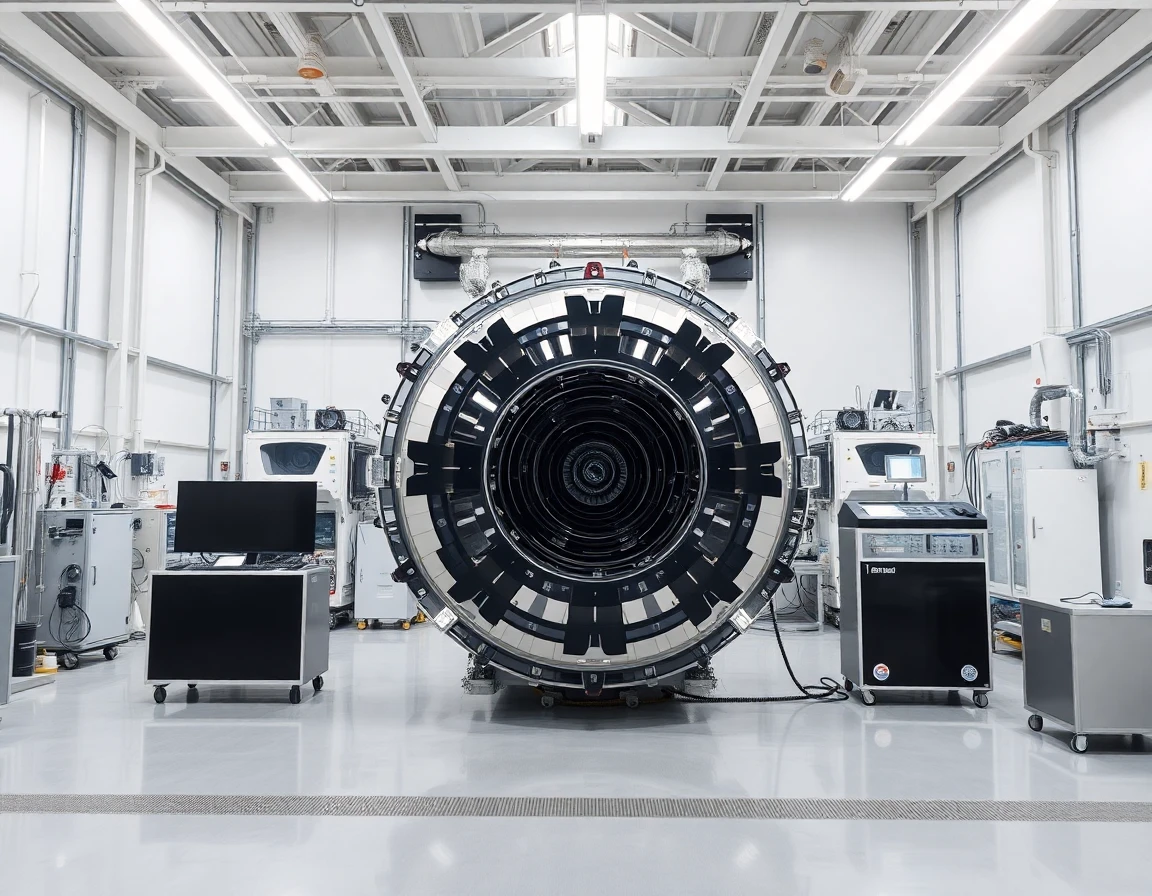As the International Space Station (ISS) approaches the end of its operational life, the spotlight is increasingly turning towards the burgeoning field of commercial space stations. This shift represents not just an evolution in space infrastructure but also a critical opportunity for private enterprise to redefine human activity in low Earth orbit (LEO).
The Transition from Government to Private Sector
For over two decades, the ISS has served as a cornerstone for scientific research, technological development, and international cooperation in space. However, as NASA plans for a post-ISS era, the private sector is stepping up to fill the void. Companies like Axiom Space, Blue Origin, and Sierra Space are leading the charge, developing commercial space stations designed for a variety of uses, from research to manufacturing and tourism.
According to industry expert Dr. Jane Holloway, a leading aerospace strategist, “The transition to commercial space stations will unlock new revenue streams and foster innovation, providing opportunities for not only scientific research but also commercial activities in space.”
Technical Innovations Driving Development
One of the key drivers behind the development of commercial space stations is the advancement of technology. Innovations in satellite communication, navigation systems, and compact sensor modules are paving the way for more efficient and reliable operations in space.
For instance, high-precision navigation systems are becoming essential for maintaining the operational integrity of these stations. Systems such as high-precision navigation systems for aerospace applications are critical, offering exceptional performance and reliability needed to manage complex orbital dynamics and ensure safety for crew and cargo.
Moreover, compact sensor modules are enhancing the ability of commercial space stations to monitor their environment effectively, improving overall operational efficiency. This technology is crucial as private companies look to maximize the utility of their orbital platforms.
Future Prospects and Potential Impacts
The implications of a thriving commercial space station sector are profound. With the ISS’s retirement projected for 2028, the urgency for alternatives is palpable. The commercial space stations will not only fill the gap left by the ISS but will also expand the scope of what can be achieved in orbit.
Dr. Holloway notes, “We are entering a new era of space exploration where private entities will play a significant role in determining the future of orbital activities. This will likely lead to unprecedented levels of innovation and collaboration across various sectors.”
Potential applications for these commercial platforms include:
- Scientific Research: Continued experiments in microgravity will be possible, with new facilities tailored to specific research needs.
- Manufacturing: Companies could leverage the unique conditions of space to produce materials and products that are impossible or less efficient to create on Earth.
- Tourism: As commercial space tourism gains traction, platforms will serve as destinations for wealthy tourists looking for unique experiences.
Challenges Ahead
Despite the promising outlook, the transition to commercial space stations is not without challenges. Regulatory hurdles, safety concerns, and the need for sustainable business models are just a few obstacles that companies must navigate. Furthermore, collaboration between public and private sectors will be essential to ensure that these ventures can thrive without compromising safety or scientific integrity.
The Role of Navigation Systems
In this complex landscape, navigation systems will play a vital role in ensuring the safety and efficiency of operations. High-reliability quartz MEMS inertial measurement units (IMUs), which integrate 3-axis gyroscopes and accelerometers, will be pivotal for commercial space stations, enabling precise navigation and control. As companies like Axiom and Blue Origin develop their platforms, they are likely to invest heavily in these advanced navigation technologies to secure their operational success.
Conclusion: A New Era in Space Operations
As we look toward the future, the emergence of commercial space stations signifies a paradigm shift in how humanity engages with space. With the end of the ISS era on the horizon, the combination of private investment, technological innovation, and entrepreneurial spirit will pave the way for a vibrant new chapter in low Earth orbit activities. The successful implementation of commercial space stations could lead to an era of unprecedented exploration, scientific discovery, and even leisure in space, fundamentally altering our relationship with the cosmos.
As Dr. Holloway aptly concludes, “The sky is no longer the limit; with commercial space stations, we are just beginning to scratch the surface of what is possible in the vastness of space.”



